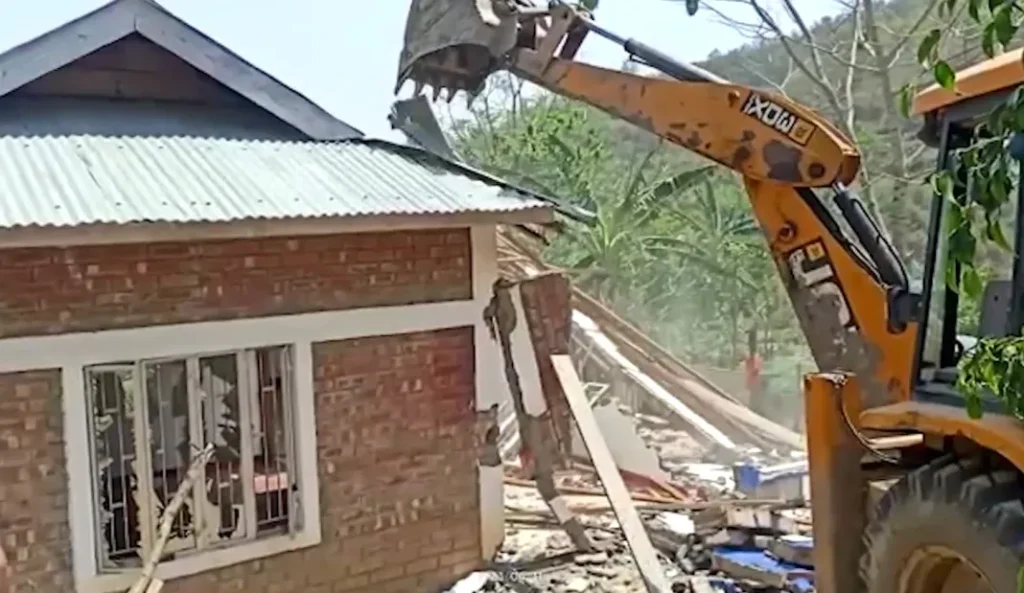Demolishing structures in urban settings may have unintended consequences and serious safety risks. Thus, urban planners must consider taking the time to examine best practices and other considerations when making demolition plans.
Alongside safety issues Demolitions can be ecologically damaging. For instance, debris from demolition could pollute water sources in the area as well as reduce the capacity of sewers.
Challenges
A building’s demolition may be an arduous procedure. It usually involves removing non-load bearing walls or support structures that are weak and installing explosive charges. The entire process can take weeks and is requiring careful planning to ensure the safety of surrounding structures. Additionally, it is challenging removal of large structural pieces like beams and columns without damaging nearby buildings.
The idea of imposing the demolition plan isn’t suitable when a large portion of the area is maintained and well-occupied, and in situations where improvements to energy efficiency are achievable (Power 2006a). Demolition often takes the existing buildings away instead of solving specific issues with houses as isn’t compatible with the incremental renewal model that would benefit these neighbourhoods in the long run. A’scalpel’ approach to demolition, which only targets those who are most vulnerable and impossible to save home, can be more effective (Mumford and Power, 2002). This method of deconstruction also decreases the amount of energy used in the new property.
Safety Concerns
Workers involved in demolition and excavation face a range of dangers to their safety, for example unsafe structures that can collapse at any time during the demolition process. Additionally, these structures could contain hidden hazardous materials, such as asbestos, PCBs, wood preservatives such as lead paint, mould and dead animals, such as bats, pigeons or rats.

In addition to structural problems Other safety hazards include falls from height and the hazard of fumes and dust. This can cause grave injuries or even death in the event that they are not taken care of.
A second concern is that demolition techniques could damage nearby buildings or public spaces. Experts have created strategies like building explosions in order to mitigate this risk. This method involves using explosives to demolish the structure quickly and without causing harm to adjacent structures. Additionally, they can install safety installations such as debris netting and catch platforms to prevent the debris from hitting those below.
Limited Space
A lot of cities are resorting to mass demolition in order to revive areas and stimulate development. However, critics argue that the method is not effective and could lead to discrimination based on race. Additionally, it could lower the value of nearby properties.
A key part of demolition is reuse or recycling of construction materials. This can help to lower costs and help save money for cities. By using material handlers demolition contractor can load the material and other metals in piles of order and move them to a distinct destination for processing.
The type of equipment can help ensure the task gets done efficiently and quickly. It does this because it is able to modify pha do nha tai quan 9 attachments according to various tasks, such as grabbing concrete or aggregates. It can even sort and reuse steel, saving the most valuable resources.
Environmental Regulations
The removal of older structures could have significant ecological consequences, especially if it’s done without careful planning. For instance, vacant areas frequently produce substantial amounts of stormwater runoff, which flows into nearby streams and water bodies, accumulating pollutants while it travels. This can damage local water quality as well as reduce drainage capacity.
Furthermore, if asbestos-containing materials occur in the course of demolition it is required to remove them in accordance with federal and local guidelines. This can significantly increase the price of the construction.
Additionally, the emerging theme of circular construction offers the potential to add an extra factor to demolition projects. The process will need to be re-evaluated for demolition materials for reuse, which could alter tendering procedures and plans for structural technology. It is a brand new issue for the demolition industry as well as urban planners.
Public Relations
Skyscrapers tower above global cities, and are dazzling symbols of power and wealth. But sometimes these colossal structures don’t last long enough or become damaged and have to be demolished.
Instead of exploding them or smashing them with a destruction ball, experts are developing more subtle techniques to bring these huge structures down. In Tokyo, a city with numerous buildings that are cheek-by-jowl, experts are perfecting what could be called”sleepy demolition. Instead of blasting away the whole building at once, they are dismantling it on the inside before taking it apart floor-by-floor. The method is also employed if the building is severely damaged and cannot explode in a safe manner. It’s much more quiet and cleaner than a traditional wrecking ball. This is one of the best ways to demolish large buildings.
